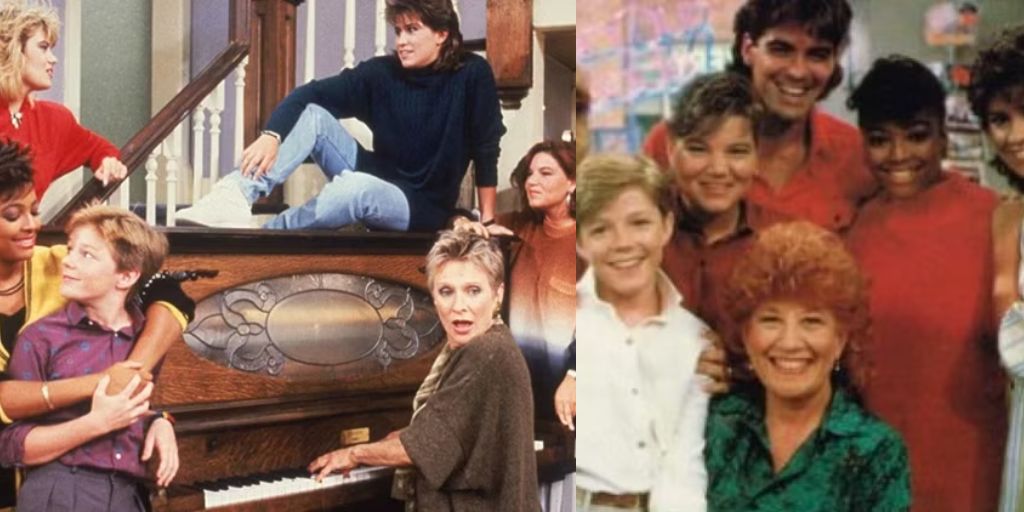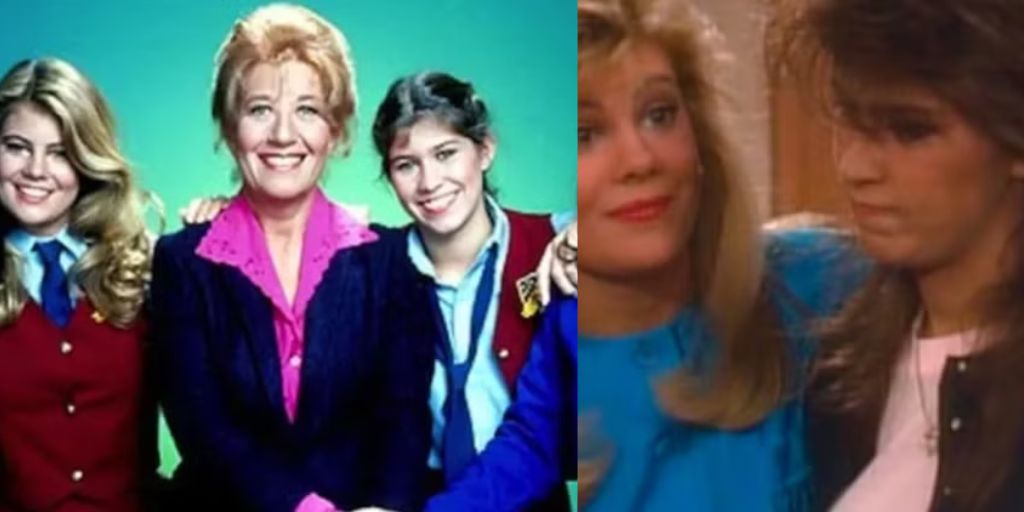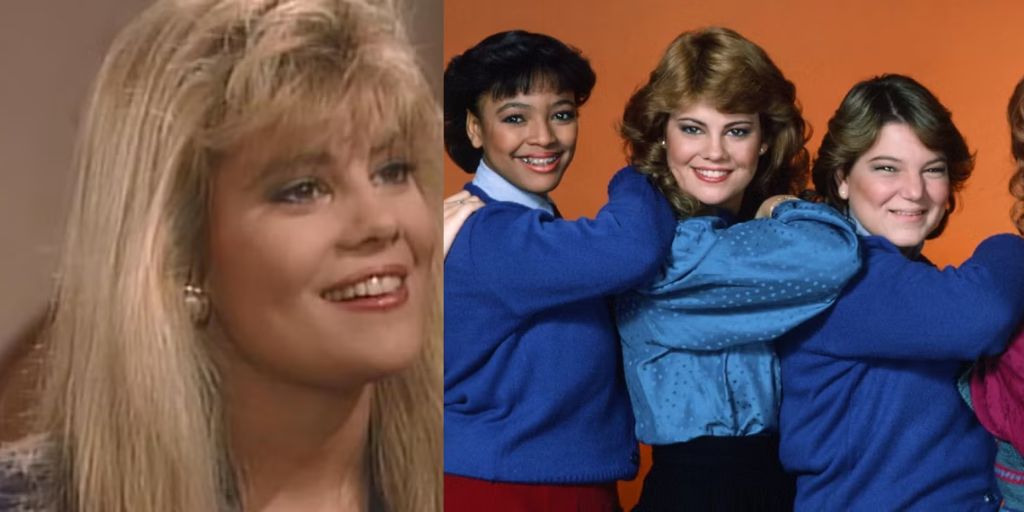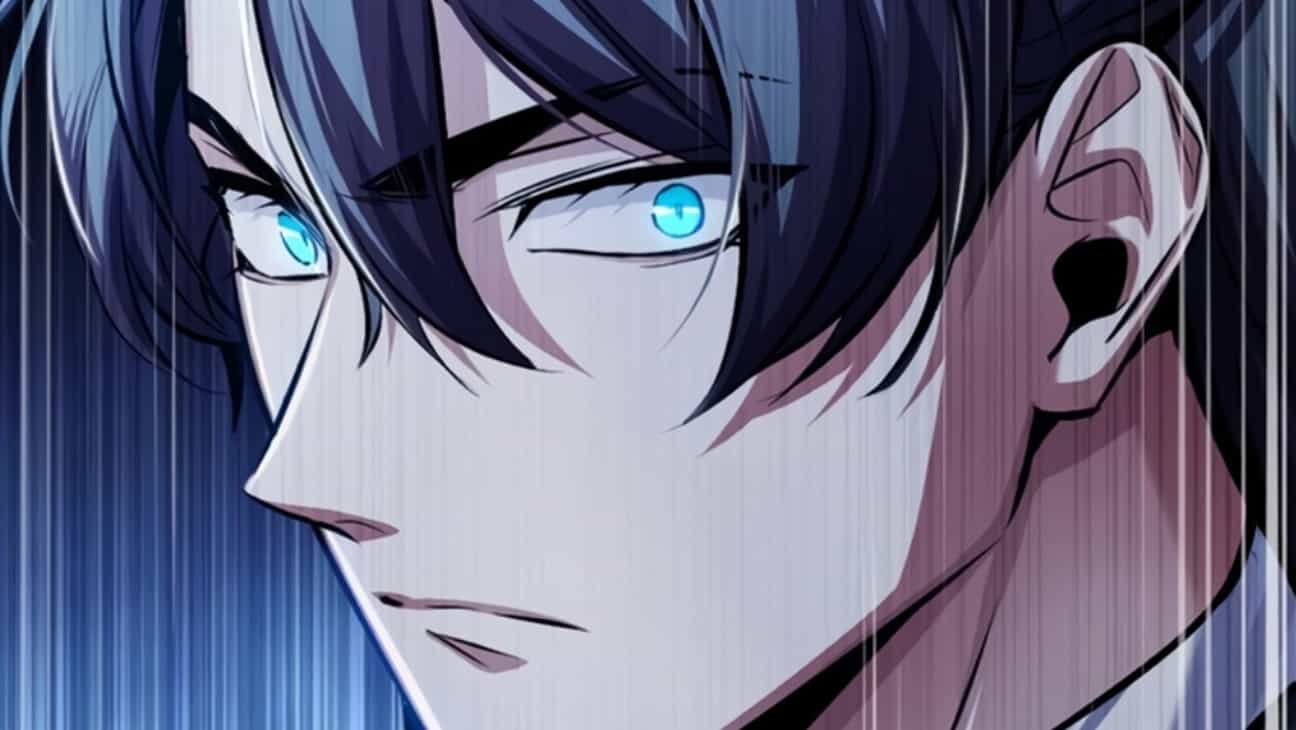“You take the good, you take the bad, you take them both and there you have… the facts of life, the facts of life.”
If you’re a child of the 1980s, those lyrics immediately transport you back to Eastland School, with Edna Garrett (Charlotte Rae) and the group of girls who made The Facts of Life such a memorable show.
For many, it was a series that didn’t just entertain; it resonated with life lessons and personal growth, all set against the backdrop of a boarding school.
While the show didn’t change the sitcom genre, it did manage to carve a space in the hearts of viewers. It ran for nine years, making it NBC’s longest-running sitcom at the time.
But while the show’s success is undeniable, the choice to leave out many of the main characters in the final episode raises some questions. What was the reason behind this decision, and how did it fit with the show’s legacy?
The Facts of Life Began as a Gamble for NBC
The Facts of Life premiered on August 24, 1979, at a time when NBC was struggling. The network had only one show in the Top 20, Little House on the Prairie.
Its only real success at the time was the sitcom Diff’rent Strokes, which featured an ensemble cast with different personalities and storylines.
Recognizing the success of this series, NBC president Fred Silverman made the decision to create a spinoff, hoping to capitalize on its popularity. The first season finale of Diff’rent Strokes would act as the pilot for the new series.
In that episode, Edna Garrett, the housekeeper of the Drummond family, helps Kimberly (Dana Plato) sew costumes for a play at Eastlake School for Girls. The school was later renamed Eastland in the series.
The story picks up with the dorm housemother leaving, and Edna Garrett being offered the role of the new housemother. She agrees, thus setting the stage for the new show.
The move was a bit of a calculated risk. Edna Garrett was a character who, while important to Diff’rent Strokes, could easily leave without disrupting the show. This allowed for guest appearances and kept the door open in case the new series didn’t work out.
Fortunately, The Facts of Life became a success. In the beginning, the show followed Garrett as she cared for a group of seven girls, including a young Molly Ringwald.
However, it soon became clear that it would be difficult to create enough interesting stories for all seven girls.
As a result, the cast was trimmed down to four girls in the second season. Blair (Lisa Whelchel), Natalie (Mindy Cohn), and Tootie (Kim Fields) remained, and a new character, Jo (Nancy McKeon), was introduced to give the group a more balanced dynamic.
Jo’s rebellious nature provided a good contrast to the other girls, and this change solidified the core cast. The show’s focus now rested on Edna and these four girls, and the chemistry between them made The Facts of Life stand out.
The Show’s Success: Strong Chemistry and Lasting Appeal
What made The Facts of Life stand out was the interplay between its characters. The girls, who each came from different backgrounds, formed strong bonds and went through a variety of personal challenges that viewers could relate to.

The series was known for handling tough subjects like drugs, alcohol, eating disorders, and teen relationships, but it was always done in a way that felt accessible and genuine.
While other sitcoms might have struggled with cast changes, The Facts of Life handled it well. The addition of Jo brought a new energy to the show, and even after cast members left, the dynamic between the core four remained strong.
One of the show’s trademarks was its ability to evolve. For example, when Jo and Blair graduated, Garrett opened a new business called Edna’s Edibles, which served as a reason for the girls to stay in the same location and continue to interact.
The shop burned down at one point, but the group’s bond remained unshaken. When Charlotte Rae left the show, the writers brought in Cloris Leachman as Garrett’s sister to keep things fresh.
Other characters also joined in the later seasons, like George Burnett, played by George Clooney. Despite all these changes, the core four—Blair, Natalie, Tootie, and Jo—remained the heart of the show.
A Tenth Season Was Planned, But the End Came Early
By the time The Facts of Life hit its ninth season, it had run its course for the cast. Despite the fact that a tenth season was being planned, the cast had already decided they were ready to move on.
This led to the decision to end the series. By this time, the characters had gone through significant personal changes.
Natalie had moved to New York, Jo was married, and Tootie was studying acting in London. Blair, who had become the most prominent character, remained the only member of the core four still living at Eastland.
The first part of the two-part finale, titled The Beginning of the End, wasn’t focused on a farewell for the group, though. Instead, it set up a new series altogether.
In this episode, Blair discovers that Eastland is in financial trouble. Using her trust fund, she buys the school and becomes its administrator.
The episode introduced new characters, including students played by Mayim Bialik, Juliette Lewis, and Seth Green, hinting at the future direction the series might take.
The school would transition to being co-ed, and the episode set up the possibility for a spin-off. The second part of the finale, The Beginning is the Beginning, finally gave the core four a proper sendoff, but it was clear that the show was not going to continue in its familiar form.
Why the Series Ended the Way It Did
The decision to move away from the core characters in the finale was an interesting one. After all, these characters had been the heart and soul of the series. Blair, in particular, had undergone the most significant growth throughout the show.
At the start, she was portrayed as a wealthy, somewhat spoiled girl who looked down on others. As the series progressed, she evolved into a more compassionate and self-aware person.
By the end, Blair had grown so much that she was in a position to give back to the community, much like how the show had helped her grow. The finale gave her the chance to make a difference, much as Edna Garrett had done for her and the other girls.
The shift in focus towards Blair and the possibility of a new series reflected the show’s cyclical nature.
It began with Edna Garrett taking care of the girls, and in the end, Blair took on a similar role of responsibility. The new beginning the finale promised echoed the show’s themes of growth and personal development.
The fact that the proposed spin-off didn’t move forward didn’t take away from the fact that The Facts of Life ended on a positive note, with its characters moving forward into new chapters in their lives.
The Impact of The Facts of Life and Its Legacy
The Facts of Life may not have been groundbreaking in terms of sitcom format, but it still holds an important place in television history. The series became a cultural touchstone for a generation of viewers who grew up watching the girls of Eastland School.
For many, the show’s appeal was not just about the comedic moments but the messages it sent about friendship, growing up, and facing life’s challenges head-on.
The show also made a significant impact by addressing issues that other shows at the time might have avoided. From eating disorders to the pressure of academic achievement, The Facts of Life tackled tough topics in a way that was relatable to its audience.
It showed that sitcoms didn’t have to shy away from serious matters to be funny or entertaining. This willingness to balance humor with life lessons made the series ahead of its time.
The success of The Facts of Life also paved the way for more female-driven sitcoms, where characters were allowed to grow, change, and face challenges together.

In many ways, The Facts of Life helped set the stage for later shows that would feature strong, diverse female leads. The show’s legacy lives on through its impact on television, and it continues to be remembered fondly by those who grew up watching it.
Where to Watch The Facts of Life Today
For those who want to relive the magic of The Facts of Life, the series is available to stream on Prime Video in the U.S. It offers a chance to revisit the charming characters, unforgettable moments, and life lessons that made the show such a hit in the 1980s.
Whether you’re revisiting the series or watching it for the first time, it’s clear that the themes of growth, friendship, and resilience still resonate today.




